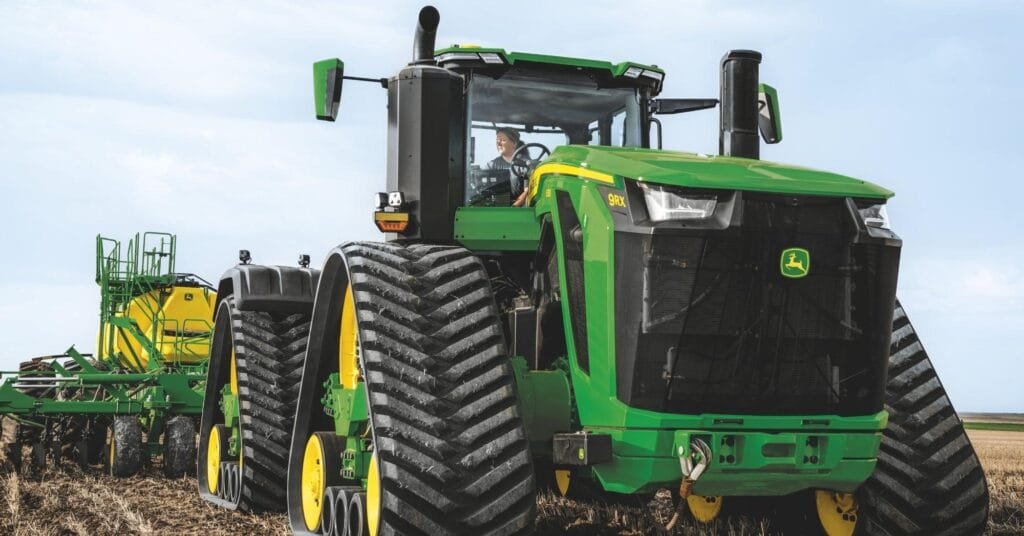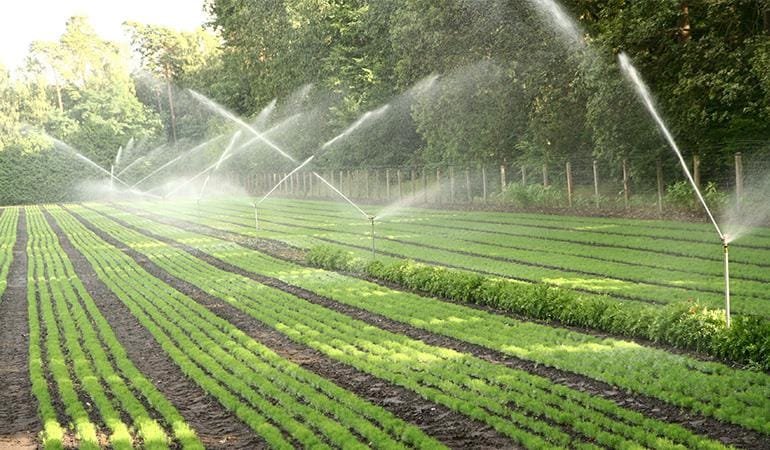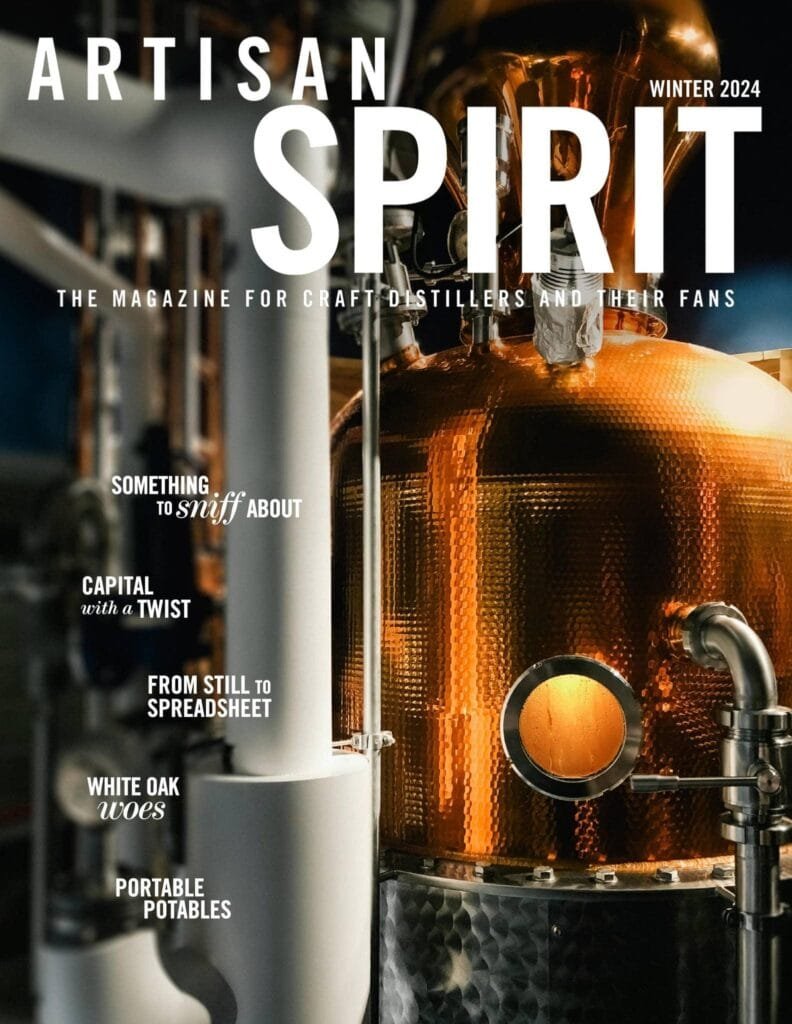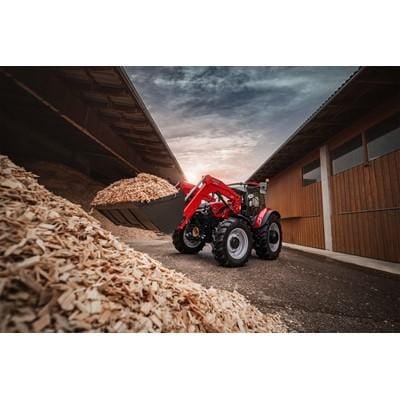In the realm of agricultural machinery, certain tractors stand apart not just for their capabilities but for their astronomical price tags.These mechanical behemoths, often incorporating cutting-edge technology and advanced automation systems, represent the pinnacle of farming equipment investment. From limited-edition models to custom-built giants, these machines demonstrate how modern agriculture has evolved into a high-stakes industry where efficiency meets luxury, and where a single piece of equipment can cost as much as a luxury mansion. In the realm of agricultural machinery, certain tractors command astronomical prices that reflect their extraordinary capabilities and technological sophistication. The Fendt 1050 Vario stands as a pinnacle of engineering excellence, carrying a hefty price tag of approximately $400,000. This German masterpiece delivers 517 horsepower and features an advanced continuously variable transmission system that optimizes power delivery across various terrains.
Case IH’s Quadtrac 620 emerges as another premium contender, valued at around $600,000. Its distinctive four-track system provides superior traction and minimal soil compaction,while its 620 horsepower engine tackles the most demanding agricultural tasks with remarkable efficiency.
The John Deere 9620RX track tractor pushes the price envelope to $650,000, incorporating cutting-edge precision farming technology and automated guidance systems. Its 620 horsepower engine works in harmony with an clever power management system that adapts to changing load conditions.
Big Bud 747, though no longer in production, remains one of the most expensive tractors ever built, with an estimated modern value exceeding $1.3 million. This massive machine spans 27 feet in length and boasts a Detroit Diesel engine capable of generating 1,100 horsepower.
The limited edition CLAAS Xerion 5000 VC commands approximately $580,000, featuring a rotating cab that provides optimal visibility in all directions. Its sophisticated hydraulic system and variable chassis configuration allow for exceptional versatility across different applications.
New Holland’s T9.700 approaches the $500,000 mark, delivering 700 horsepower through its advanced Hi-eSCR technology and offering superior fuel efficiency. Its spacious cab incorporates ergonomic controls and advanced monitoring systems for enhanced operator comfort and productivity.
Case IH’s Steiger Quadtrac 620 Luxury Edition elevates agricultural machinery to new heights of sophistication, priced at approximately $750,000. This premium version includes leather interior finishes, advanced climate control systems, and state-of-the-art entertainment features.
The Versatile Delta Track 610 DT commands around $490,000, featuring a robust track system and powerful engine that delivers 610 horsepower. Its advanced electronic management system optimizes performance while minimizing fuel consumption.Fendt’s 1167 Vario MT track tractor approaches $670,000, incorporating sophisticated guidance systems and variable rate technology. Its MAN six-cylinder engine produces 673 horsepower while maintaining exceptional fuel efficiency.
The Challenger MT875E, priced at approximately $600,000, rounds out the elite category with its AGCO Power 16.8L engine generating 646 horsepower. Its advanced track system provides superior flotation and traction, while its spacious cab offers premium comfort features and integrated technology solutions.
These agricultural giants represent the pinnacle of farming technology, combining raw power with sophisticated engineering to maximize productivity and efficiency in modern agriculture.










